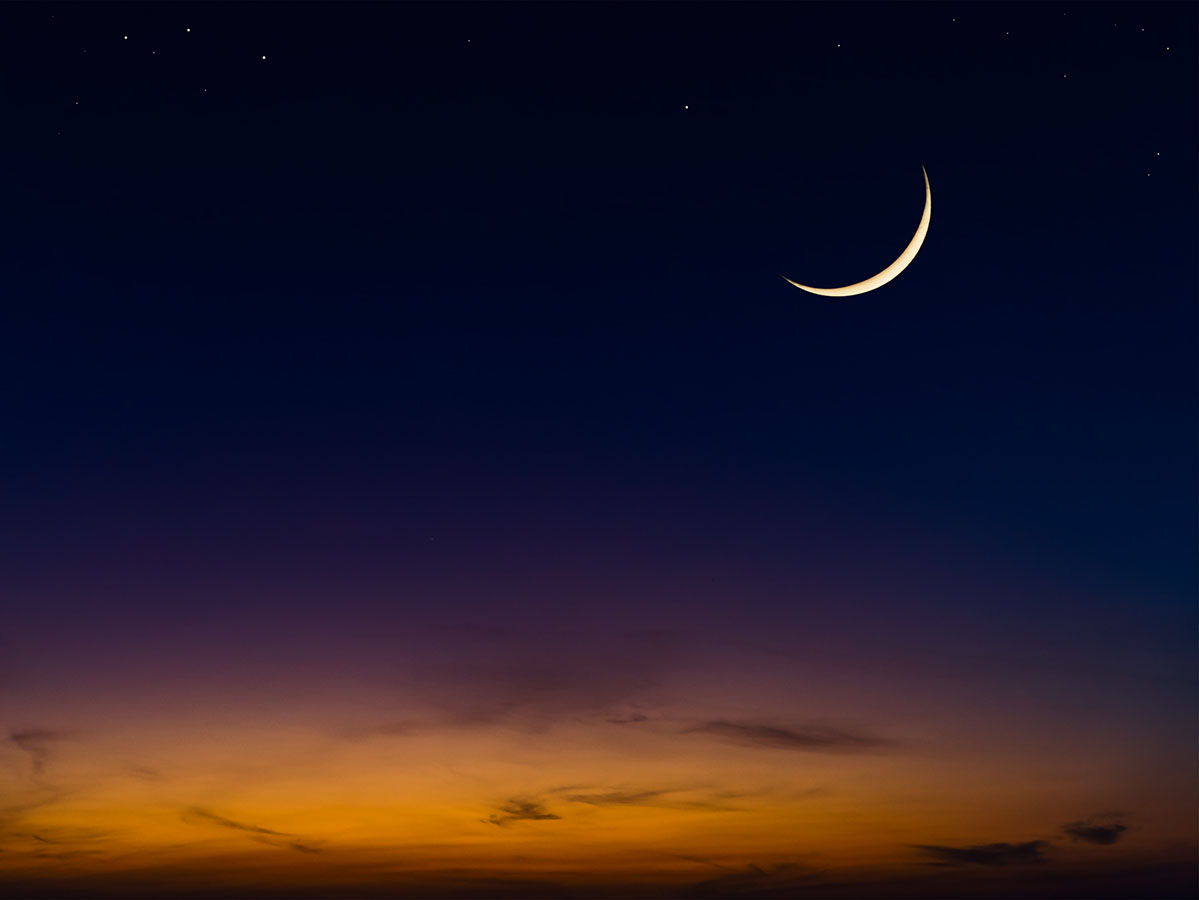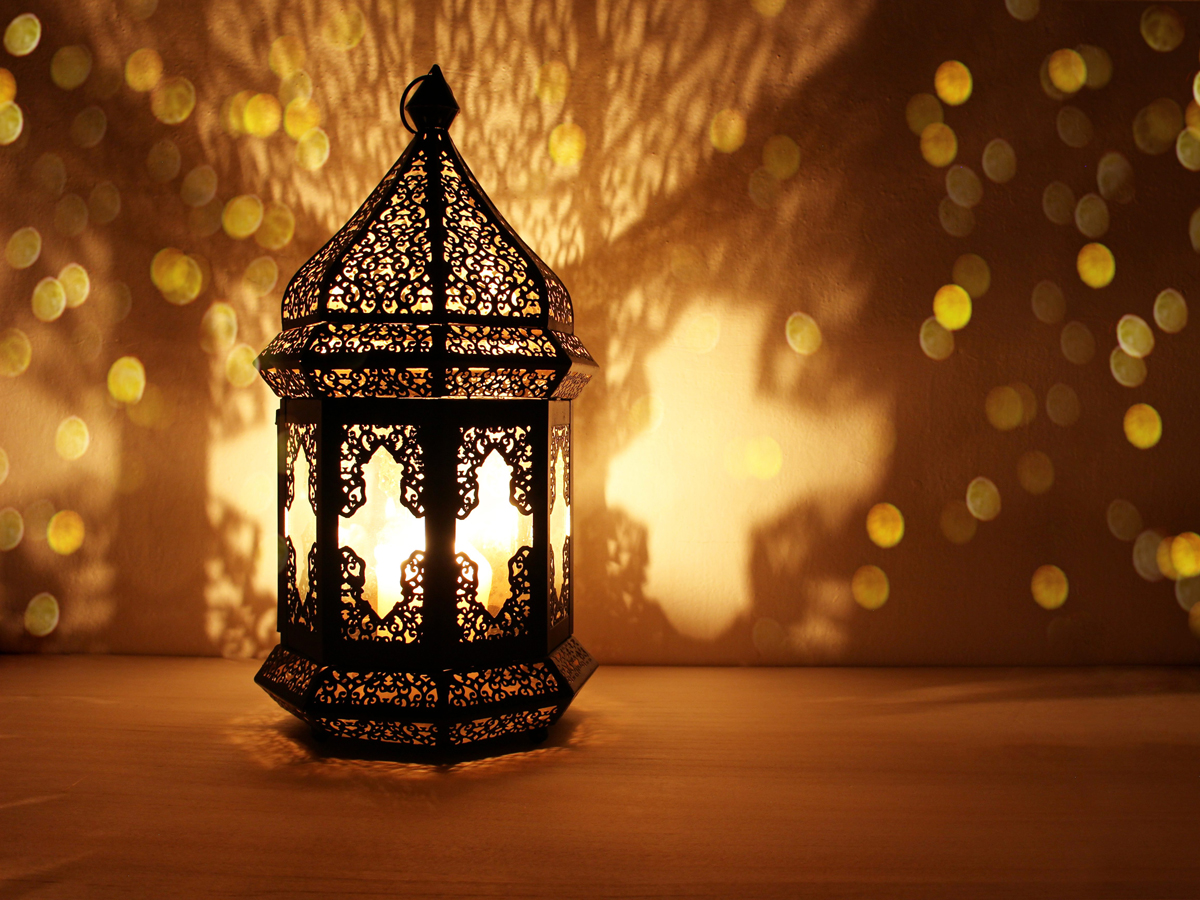With its fabulously friendly natives, fantastic food and absolutely stunning scenery, it’s little wonder that the island paradise of Mauritius proves such a draw.
For holidaymakers seeking some solitude and a little R&R, the mile upon mile of white sand and array of quality resorts will easily satisfy such simple desires. But why be lazy?
It may only be the size of West Yorkshire, but what Mauritius lacks in land mass it more than makes up for with its abundance of amazing attractions to suit even the most discerning of sightseers.
Highlights
Chamarel
The first port of call should undoubtedly be the south-western village of Chamarel, where you’ll find a most striking of geological oddities – the terres de sept couleurs, or “seven-coloured earths”. Like something out of a sci-fi movie, these layered dunes have a unique spectral quality that plays a trick on the eyes. Nearby you’ll discover another must-see – the Chamarel Falls. If you don’t stop for a photo from the viewing point, you might as well pack up and go home.
Île aux Cerfs
If it’s sun-soaked selfies you’re after then head over to Île aux Cerfs, where you’ll find some of the best beaches and azure waters known to man. Hop on a speedboat from Trou d’eau Douce or G.R.S.E (give Bert Marie from Surjelle a shout for the best service on +230 0576 1181), pack your cool box and avoid the hordes by venturing off to find your own private stretch of sand for the day. Golfers will also be in their element here as the island boasts an 18-hole championship golf course designed by two-time US Masters winner Bernhard Langer. The views from each tee are simply awesome.
Andrea Les Loges
Mauritius offers an almost endless supply of watersports and maritime excursions, but if you’re more of a land lubber, don‛t miss out on some quad biking. Although more noted for its great restaurant, Andrea Les Loges near Flic en Flac (or “Flip en Flop” to us) offers superb quad-biking routes with cliff-edge trails, cane-field burnouts and a stop-off to dip your toes in the water at the serene Rochester Falls.
L’Aventure du Sucre
Although tourism is Mauritius’s main trade nowadays, the “star and key of the Indian Ocean” is steeped in history. For an insight into its past, take a trip to L’Aventure du Sucre, where the Mauritian story is retold, highlighting the island’s intrinsic links with sugar production. As you head through the gates, the immaculately preserved colonial houses are a nod to the times when Britain and France governed here.
La Vanille and Casela
For a dining experience with a difference, visit La Vanille reserve, where you’ll find several generations of crocodile and then have a chance to chow down on a burger made out of one of them. If you’ve still not had your fill of fauna by then, Casela nature park should be another must-visit. Along with a multitude of wildlife, it also has a cracking restaurant.
Where to stay
Shangri-La’s Le Touessrok Resort & Spa
Recently given a Dhs110 million/QR110 million makeover, this top-notch resort is just over the water from Île aux Cerfs. Each of the 200 rooms has an ocean view, while its three beach villas all come with a private infinity pool.
www.shangri-la.com/mauritius/shangrila
Lux* Le Morne
Set beside a UNESCO World Heritage Site, Lux* Le Morne is a five-star hotel popular for its laid-back charm and unforgettable sunsets. It’s a great spot for surfers, too, so make sure you pack your board.
www.luxresorts.com/en/hotel-mauritius/luxlemorne
Preskil Beach Resort
With its delightful Creole architecture and status as the only Mauritian hotel based on its own peninsula, Preskil is a fine base from which to explore the island.
www.southerncrosshotels.mu
Getting There
You can fly directly to Mauritius from Dubai with Emirates or Air Mauritius, the trip taking around six and a half hours. If you are in Abu Dhabi, you can jump on an Air Seychelles flight via Mahé that lasts a smidgen over nine and a half hours. Travelling from Doha with Emirates via Dubai will take around the same time.
Getting Around
Do yourself a favour and hire a car to make the most of this incredible island. There are plenty of car hire options available to you so make sure you shop around for the best deal. Due to its compact size, you can drive from one end of Mauritius to the other in less than a couple of hours. If you don’t fancy driving, you can always hop a bus. Most parts of the island are served by one of the more than 200 routes, but a lot of the buses, especially the colourful private ones, are not air-conditioned so it might get a bit sticky in the summer months. Services also end at around 8pm, so make sure you have a back-up if you are staying out later. The more expensive way to travel around is in a taxi. Be careful, though, as although the rides can initially seem cheap, the fare soon adds up as you’re driving along.
Travel Tip
Although all Mauritian resorts have excellent beaches, there’s no need to be a hermit. Head out to one of the public beaches, of which the best is to be found in Flic en Flac. While there, cool off with a fresh coconut or ice cream from one of the vans in the car park. The town also has an array of restaurants to choose from, The Beach Shack arguably being the finest thanks to the freshness of its seafood.
What’s happening
Few things sum up the laid-back vibe and happy-go-lucky nature of this beautiful island than its traditional dance – sega. No matter where you travel you will hear hip-shakingly infectious tunes being played on the radio or grooved to by the locals in bars.
However, the best part about sega culture is that you can often stumble upon an impromptu gig being played in one of the more remote villages, or on the beaches. Regular concerts are held at Flic en Flac, with the top artists from across Mauritius performing to crowds of locals and tourists alike. Traditionally played with old-school instruments – the ravanne, the maravanne and the triangle – we defy even the most introverted of travellers not to be moved by the rhythms and to let the music take control.









